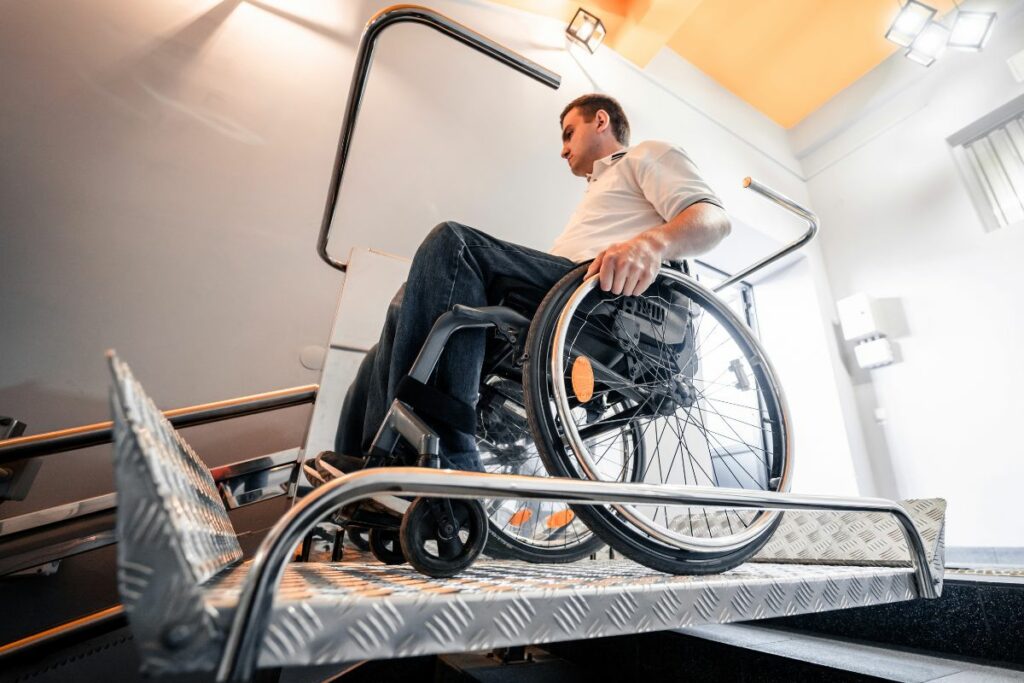
In the pursuit of creating inclusive spaces, the importance of accessibility cannot be overstated. For people with disabilities, a home that is designed with their needs in mind can significantly enhance their quality of life. Welding, often associated with industrial and construction applications, plays a crucial role in this endeavour. From crafting customised ramps to modifying fixtures for ease of use, welding techniques can transform homes into safe and welcoming environments for individuals with all disabilities.
One of the primary ways welding contributes to improving home accessibility is through the adaption of spaces. Traditional homes may not always cater to the specific needs of individuals with disabilities, leading to challenges in mobility and daily tasks. Welding allows for the creation of customised solutions, such as wheelchair ramps, handrails, and grab bars, tailored to the unique requirements of each individual and their living space. By carefully considering factors like height, grip, and stability, welders can ensure that these modifications provide maximum support and safety.
Innovation in materials further expands the possibilities for enhancing home accessibility. Advanced allots and composite materials offer durability and flexibility, making them ideal for constructing ramps, railings, and other assistive devices. Welding techniques enable the seamless integration of these materials into existing structures, ensuring both strength and aesthetics. Additionally, the lightweight nature of some modern materials allows for easier installation and maintenance, reducing the burden on homeowners and caregivers.
Every individual faces unique challenges, and their accessibility needs vary accordingly. Welding empowers craftsmen to create tailored solutions that address specific mobility issues and enhance independence. Whether it’s modifying doorways for wheelchair access, installing adjustable fixtures for varying heights, or designing assistive devices for specific tasks, the versatility of welding enables endless possibilities. Moreover, the collaborative process between welders, occupational therapists, and individuals with disabilities ensures that solutions are not only functional but also intuitive and user-friendly.
Ensuring safety and compliance with accessibility standards is paramount in-home modifications. Welding professionals adhere to established guidelines and regulations, guaranteeing that all modifications meet the necessary criteria for structural integrity and use safety. By leveraging their expertise in welding techniques and materials, professionals can create solutions that withstand daily wear and tear while providing peace of mind to homeowners and their families.
Beyond the physical modifications, the impact of welding on home accessibility extends to empowering individuals with disabilities to lead more independent lives. By removing barriers and enabling easier access to essential spaces within the home, welding fosters autonomy and self-reliance. The ability to move freely and perform daily tasks without assistance not only enhances the individual’s sense of dignity but also promotes overall well-being and confidence.
In the pursuit of creating inclusive environments, welding emerges as a powerful tool for improving home accessibility for people with disabilities. Through innovative solutions, customized adaptations, and a commitment to safety, welding professionals play a vital role in transforming houses into welcoming homes that cater to the diverse needs of individuals. By embracing the principles of accessibility and leveraging the capabilities of welding, we can build a more inclusive society where everyone has the opportunity to thrive.